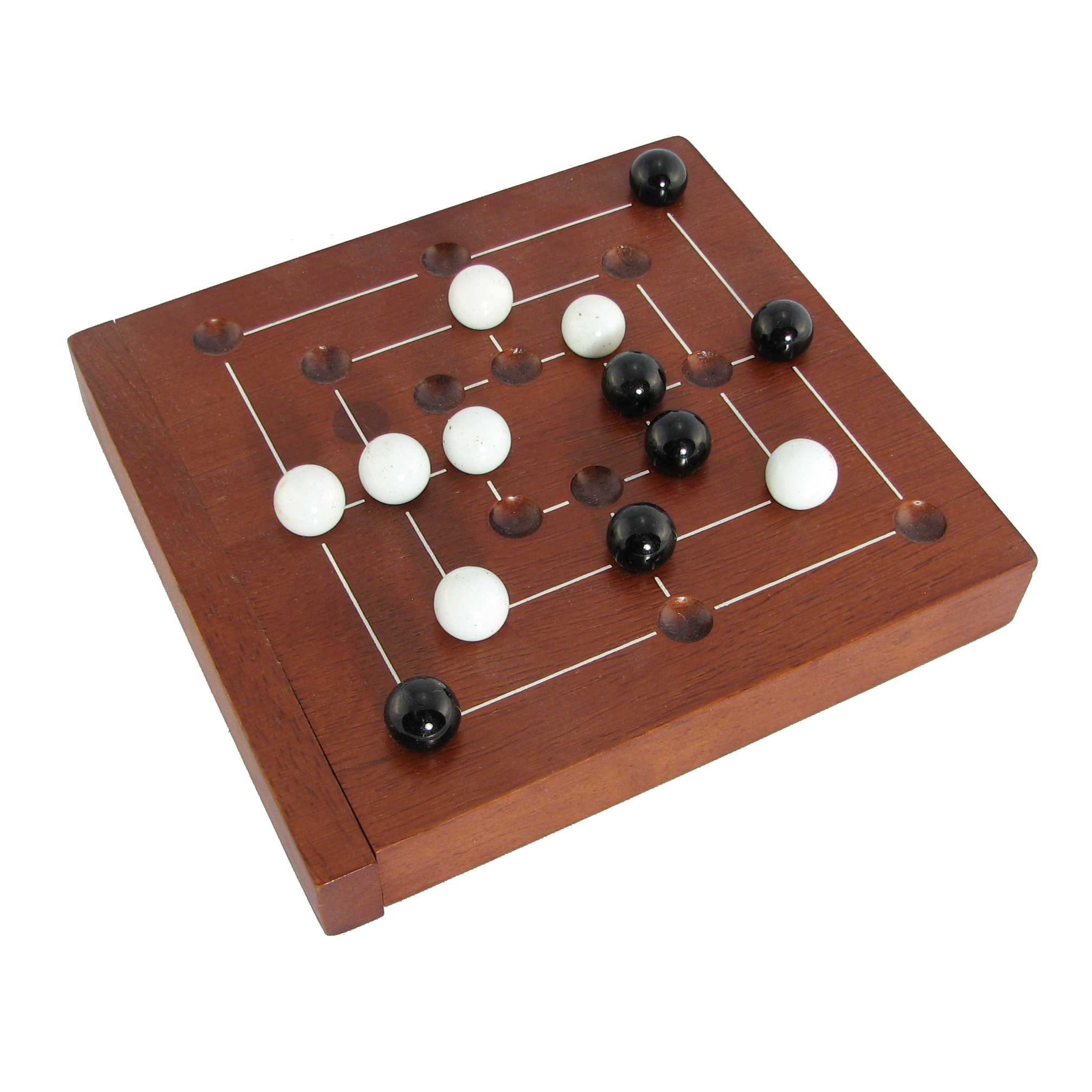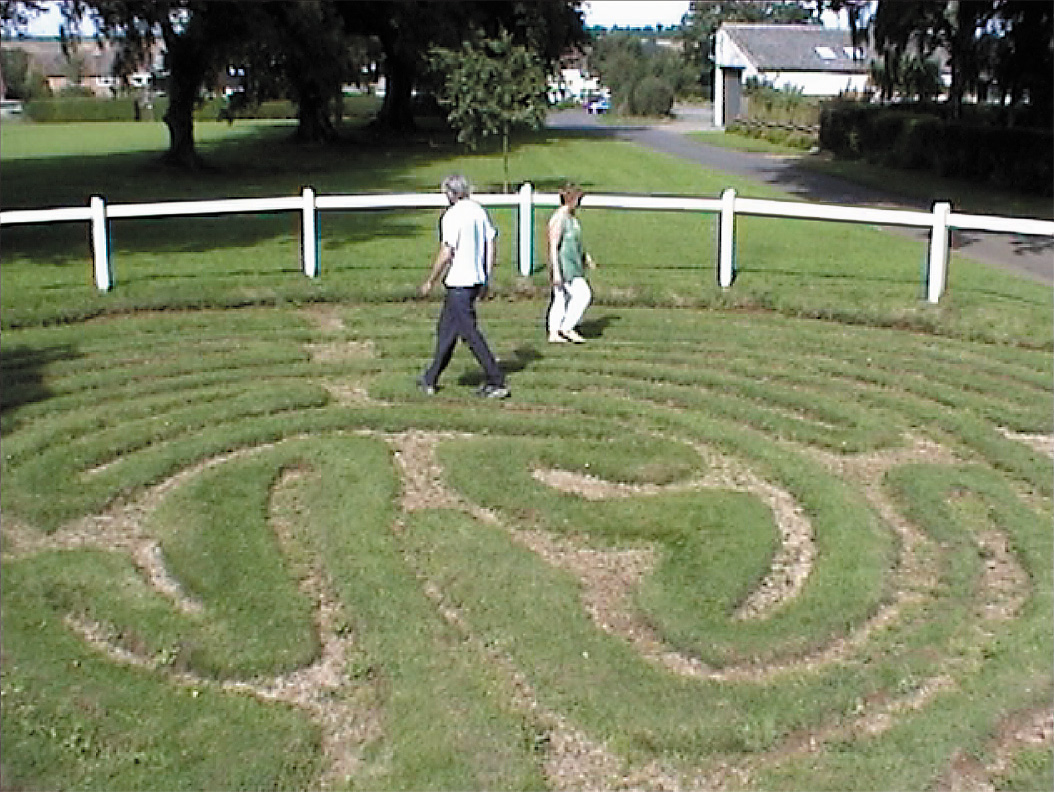In a 1996 paper called Solving Nine Men's Morris, Ralph Gasser describes how he used search techniques to determine that, given best play, the game of nine men's morris should end in a draw. In figure 11 of that paper, he gives a graph of the percentage of won positions for the player to move, against the number of stones each has on the board. Dating back to 1400BC from the Roman Empire, Nine Men's Morris is one of the earliest board games in recorded history. The board consists of an inner square, a middle square and an outer square.
- Nine Men's Morris Printable Game Board
- Nine Men's Morris Rules
- Nine Men's Morris Game Board
- Nine Men's Morris Draw

The game Nine Men’s Morris, also named as Mill, has been around for at least 1,400 years. It was very popular among the Romans who probably learned about the game through trade routes. The Romans brought this game to central Europe and England where it was very popular in medieval times. In colonial times it was played by soldiers during the revolutionary war and was also popular with children who played it with marbles by drawing the board on the ground.
Here is a print out version of the game board: Nine Men Morris Board
Game pieces:
Checker pieces can be used as well as marbles, glass beads or any other pieces, provided there are each nine pieces of the same color or shape (e.g. nine nickels and nine dimes).
Rules:
The game is played with two players, each having nine game pieces. The players take turns putting one piece after another on the game board where lines cross or in the corners of the squares. A “mill” is completed whenever three pieces of the same color are in a line (not a diagonal line!). The player having the mill completed can take one of the opponent’s pieces that is not in a mill (exception: the player may take a piece in a mill if there is no free piece).
Nine Men's Morris Printable Game Board

Nine Men's Morris Rules
When all pieces are placed, the players take turn moving a piece to another location by sliding it to the free next spot. Pieces cannot “jump” over each other at this stage of the game. If a player closes a mill during her or his turn, she or he can take an opponent’s piece (no piece in a completed mill, except no other piece available).
Nine Men's Morris Game Board
If one player has only three pieces left, a special rule may be applied: The player with only three pieces can “fly” her or his pieces to a desired free spot.
Nine Men's Morris Draw

When the game starts, the player holding white pieces can click any empty spot to place a piece onto it. Then the player with black pieces will follow suit, and the two sides take turns to continue the process. When 3 pieces of the same color form a horizontal or vertical line, a mill appears. The player who forms a mill can remove one of the opponent pieces from the board. Once removed, those pieces cannot be placed onto the board again. Note that pieces of a formed mill cannot be removed unless no other pieces are left on the board. The number of each player's unused pieces are shown on the left of the board. Note that you must finish your turn within the given time limit, as indicated by the timer on the screen, or you will lose.
After all pieces of both players are used, the pieces on the board can be moved. The players need to click and select one of their pieces, then click an empty spot along the lines so as to move the selected piece. If a player cannot do so, he loses. A mill can also be formed if 3 pieces of the same color draw a straight line after moving. The player who forms the mill can remove one of his opponent's pieces from the board. Again, pieces of a formed mill cannot be removed unless no other pieces are left on the board. When a player has only 3 pieces left, his pieces will gain the ability to 'fly' and can be moved to any vacant spot on the board. Capture vital positions on the board to destroy your enemy!
